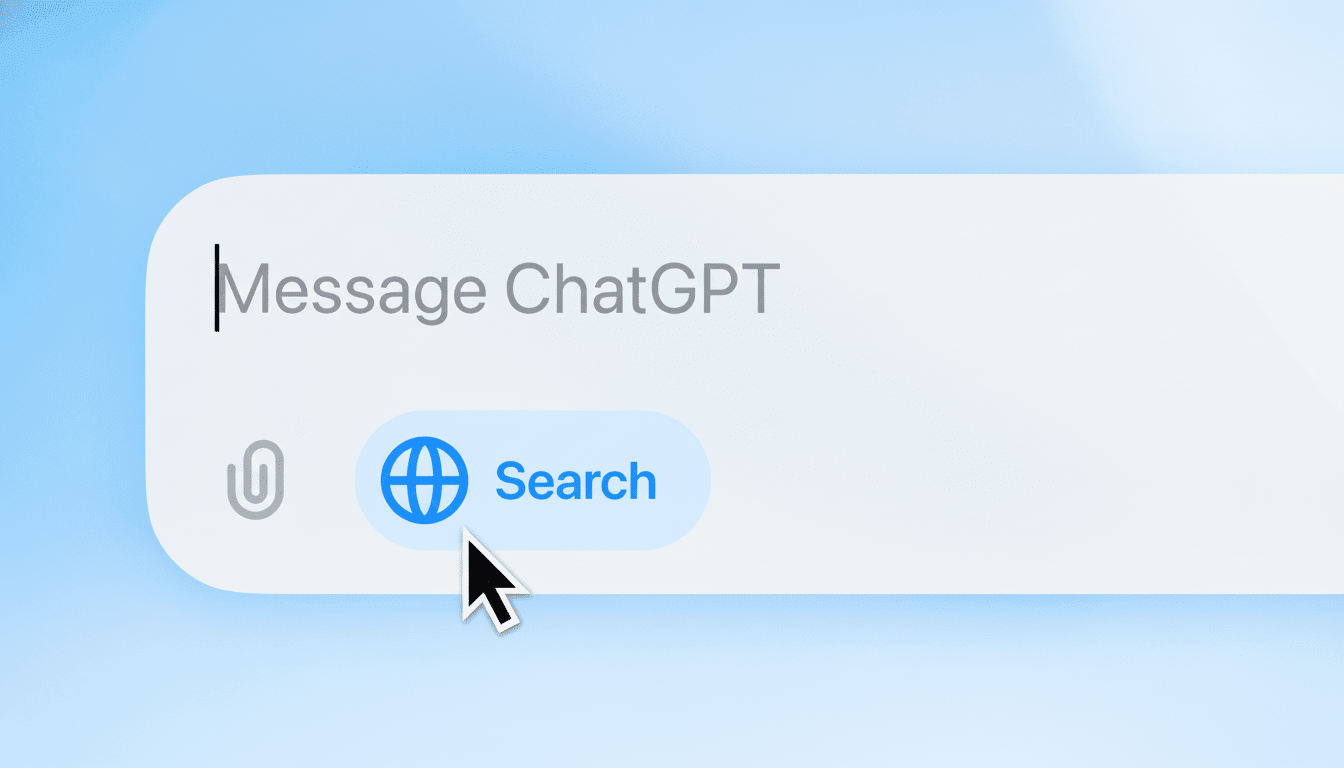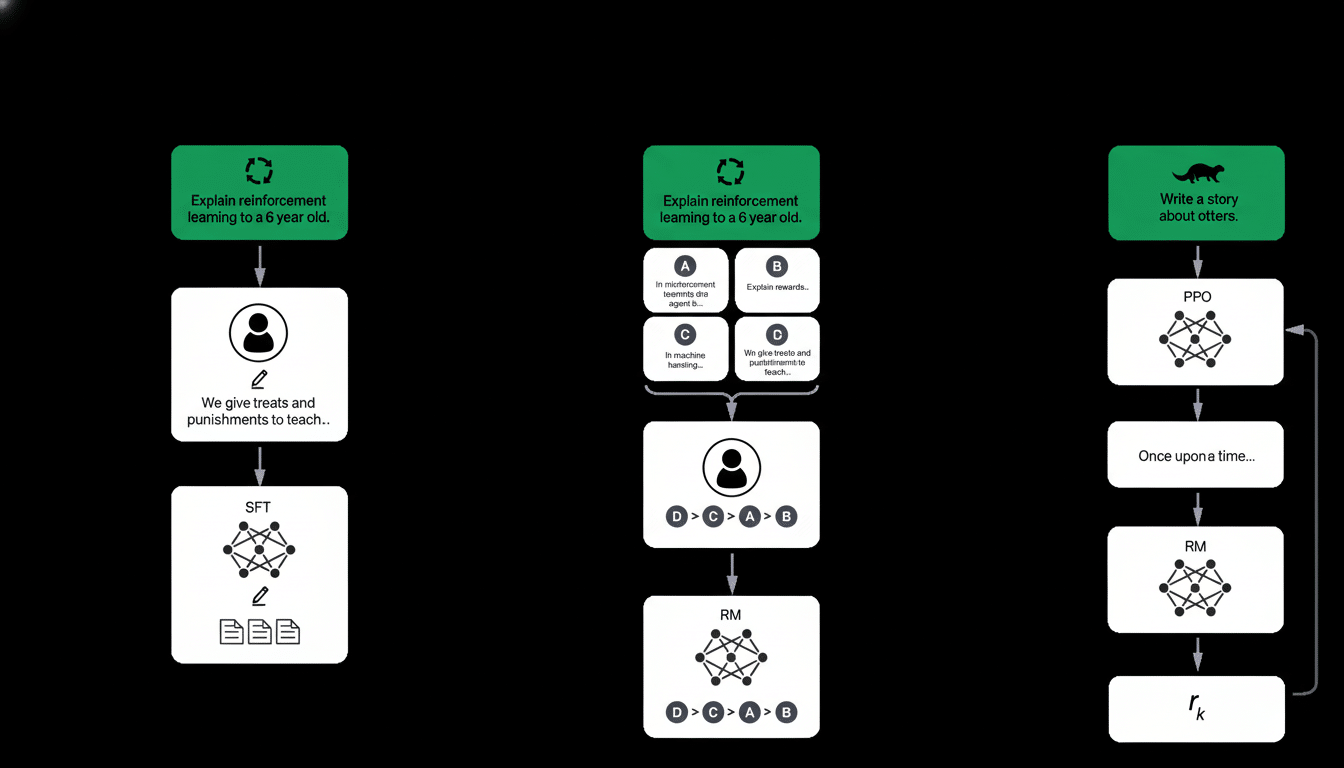ChatGPT is the generative AI assistant that brought large language models out of the research lab and into real-time applications in everyday conversation. It writes, codes, and explains; brainstorms; increasingly speaks, sees, and acts — all from one conversational interface.
What started as a text system has grown into a multimodal network for consumers, businesses, and governments. Figures from the company and independent analyses indicate massive scale, processing billions of prompts a day and a mobile app that has driven billions of dollars in consumer spending, according to Appfigures.
- What ChatGPT Is and How It Works, From Training to Use
- What ChatGPT Can Do Right Now, From Coding to Voice
- Adoption and the Significant Numbers Behind Usage
- Plans, pricing, and access across tiers and markets
- Accuracy, safety, and privacy: what to know now
- The growing ChatGPT ecosystem for apps and tools
- How to get more fantastic results with ChatGPT
- Bottom line: using ChatGPT wisely for better outcomes

What ChatGPT Is and How It Works, From Training to Use
ChatGPT relies on language model-based (LLM) systems in the neural family of GPT, trained on massive texts and code to predict the next token given context. Recent incarnations can also handle images and sound, and produce pictures and speech all on their own.
Under the hood, ChatGPT combines pre-training followed by post-training methods (e.g., reinforcement learning from human feedback) to improve its ability to follow instructions and align its answers with user intent. The newer “reasoning” modes lavish more compute on challenging tasks, sacrificing some speed for depth as necessary.
Crucially, ChatGPT doesn’t “know” facts like a database does. It generates plausible-sounding text based on patterns in its training data as well as context you give it — which is why verification and source-checking are important.
What ChatGPT Can Do Right Now, From Coding to Voice
Other than drafting emails and essays, it can write and debug code, make slide decks, transcribe speech, summarize PDFs, analyze spreadsheets, and assist in planning trips or projects. Thanks to improved voice support, interactions feel smoother and real-time translation becomes usable.
Image tools allow you to create and edit photos or illustrations; developers can direct ChatGPT at code repositories to answer queries about codebases. Agent-style features are appearing that manage multi-step workflows — from research to booking — within a secure virtual environment.
Real-world examples include classrooms that use “study modes” that nudge critical thinking, sales teams triaging leads from CRM data, and analysts summarizing long reports into decision briefs. Companies also integrate ChatGPT with cloud drives and knowledge bases, so answers can reference internal materials.
Adoption and the Significant Numbers Behind Usage
OpenAI said that ChatGPT handles about 2.5 billion prompts per day across the globe, highlighting how ingrained it has become in workflows today. Appfigures estimates that the mobile app has generated roughly $2 billion in consumer spending, making it by far the top-grossing among AI app rivals.
Use skews young on mobile: Appfigures reported that more than half of users are under 25, and men make up a hefty majority of users. In education, the Pew Research Center reports an increasing share of American teens have experimented with ChatGPT for schoolwork, a development that pleases some teachers and worries others.
Traffic patterns are changing for publishers, too. Artificial intelligence answers more and more news queries with no clicks now, says Similarweb. This again shows the way AI assistants are changing how users find information.

Plans, pricing, and access across tiers and markets
There’s a free tier that covers basics, along with paid versions that offer faster models, higher limits, image and file tools, and advanced voice. Enterprise and education plans offer security controls, admin transparency, SSO, data residency options, and priority capacity.
OpenAI has also been testing a lower-cost “Go” plan in some markets for those between free and premium, as well as sector-specific products like a government-grade tier aimed at agency compliance demands.
Accuracy, safety, and privacy: what to know now
Hallucinations remain the headline risk. Research from universities including Stanford has demonstrated that chatbots can surface persuasive yet incorrect or stigmatizing information, particularly around sensitive topics like mental health. Require citations and fact-check/verify any claims for anything that matters.
As for privacy, OpenAI says it segregates enterprise data from model training and provides retention controls, while consumers can opt out of use in training. Users in areas with data rights as strong as those under the GDPR can ask for corrections or deletion of personal data processed by the models.
Safety work is ongoing. OpenAI has described systems that restrict guidance on biological and chemical threats, and is working to moderate model behavior further to curb sycophancy, bias, and overconfidence. Legal interest remains, since news organizations and advocacy groups are challenging AI training and outputs.
The growing ChatGPT ecosystem for apps and tools
App developers can use SDKs and APIs for building apps inside ChatGPT, plug in external tools using an open protocol such as the Model Context Protocol, and embed assistants in products. E‑commerce experiments mix discovery and checkout in-chat, pointing to a world wherein shopping and conversation merge.
Competition is fierce. Google’s Gemini, Anthropic’s Claude, Microsoft’s Copilot, and fast-moving entrants like DeepSeek are driving innovations in reasoning, speed, and cost. It’s a good trade-off for users, who get the benefit of quickly iterating on experimental data — but those same users should also expect changes in model behavior as service providers update their systems.
How to get more fantastic results with ChatGPT
Define role and result in detail: “Hire as a financial analyst. Write a three-bullet thesis which contains risks and sources. Give a few examples of good output, and optional constraints like tone, length, or format.” For code, post stack traces and code snippets; for research, copy in excerpts and request citations.
Use iterative prompting. Have the model list its assumptions, display its intermediate steps, or suggest alternative answers and evaluate them. If accuracy counts, cross-check with primary sources and turn to retrieval tools that pick up your own documents.
Bottom line: using ChatGPT wisely for better outcomes
ChatGPT has transformed from a nifty chatbot into a general AI assistant, reading, writing, talking, coding, and increasingly doing. Indeed, its power is real — and so are its kinks. Treat it as a competent, junior colleague; you provide clear briefs, check the work, and it can massively amplify what you do.

